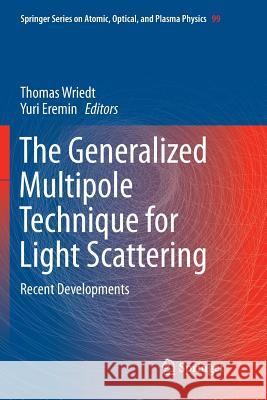The Generalized Multipole Technique for Light Scattering: Recent Developments » książka
topmenu
The Generalized Multipole Technique for Light Scattering: Recent Developments
ISBN-13: 9783030090982 / Angielski / Miękka / 2018 / 249 str.
The Generalized Multipole Technique for Light Scattering: Recent Developments
ISBN-13: 9783030090982 / Angielski / Miękka / 2018 / 249 str.
cena 524,53 zł
(netto: 499,55 VAT: 5%)
Najniższa cena z 30 dni: 501,19 zł
(netto: 499,55 VAT: 5%)
Najniższa cena z 30 dni: 501,19 zł
Termin realizacji zamówienia:
ok. 22 dni roboczych
Bez gwarancji dostawy przed świętami
ok. 22 dni roboczych
Bez gwarancji dostawy przed świętami
Darmowa dostawa!
Kategorie BISAC:
Wydawca:
Springer
Seria wydawnicza:
Język:
Angielski
ISBN-13:
9783030090982
Rok wydania:
2018
Wydanie:
Softcover Repri
Ilość stron:
249
Waga:
0.38 kg
Wymiary:
23.39 x 15.6 x 1.42
Oprawa:
Miękka
Wolumenów:
01
Dodatkowe informacje:
Wydanie ilustrowane











